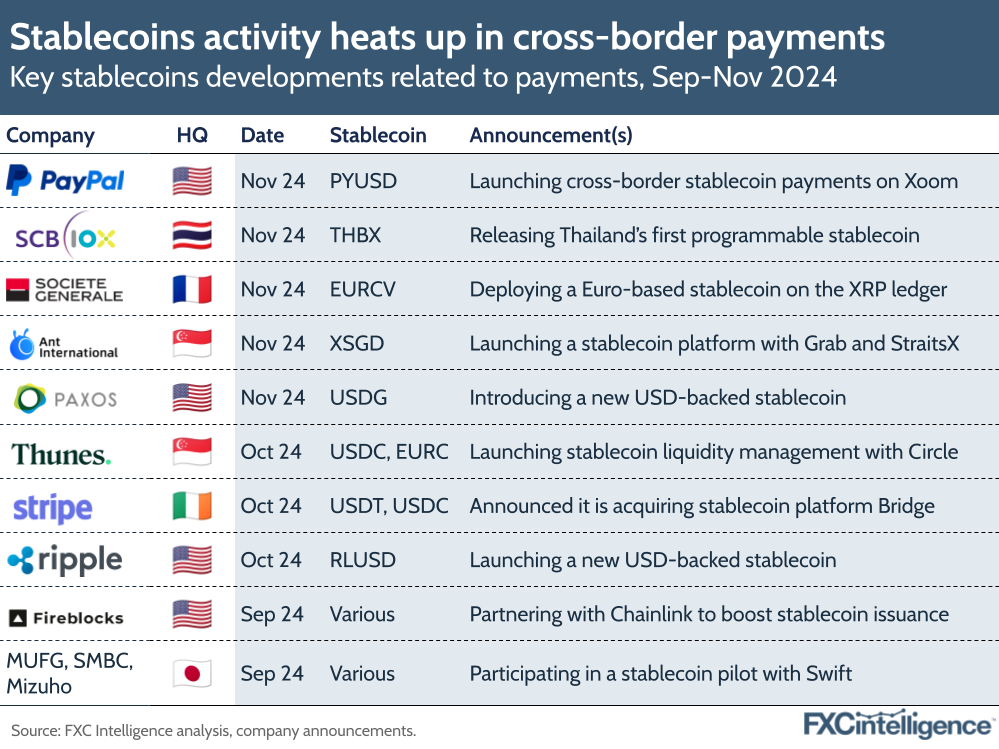The Hookup Doctor's Guide
Navigating the world of modern dating and relationships.
Stablecoins and Pixels: Gaming's Next Level of Financial Fun
Explore how stablecoins and digital assets are revolutionizing gaming! Unlock new levels of fun and finance in your favorite games today!
How Stablecoins are Revolutionizing In-Game Economies in Gaming
In recent years, stablecoins have emerged as a transformative force in the gaming industry, reshaping in-game economies by offering players a reliable and predictable medium of exchange. Traditional in-game currencies often suffer from volatility and lack of interoperability, making it challenging for players to buy, sell, or trade virtual goods across different platforms. By integrating stablecoins, game developers can create a more stable economic environment, allowing players to seamlessly engage in transactions without the fear of sudden value fluctuations. This integration not only enhances the overall gaming experience but also builds trust between players and developers.
Moreover, the use of stablecoins opens up new avenues for monetization in gaming. Players can earn stablecoins through gameplay and use them to purchase non-fungible tokens (NFTs) and other digital assets, thereby increasing the sense of ownership and investment in their gaming experience. This shift towards a decentralized economy empowers players by providing them with more control over their assets. As stablecoins facilitate the creation of decentralized finance (DeFi) products within games, we can expect to see an evolution of in-game economies that mirrors real-world financial systems, offering players not just entertainment, but also genuine economic opportunities.

Counter-Strike is a popular multiplayer first-person shooter game where teams compete to complete objectives such as bomb defusal or hostage rescue. Players can enhance their experience by taking advantage of various promotions, including the betpanda promo code, which offers exciting bonuses for gaming enthusiasts. The game's strategic depth and competitive nature have made it a staple in the esports community.
The Future of Gaming: Integrating Stablecoins and Pixel Art
The gaming industry is on the brink of a remarkable transformation as stablecoins become increasingly integrated into gaming ecosystems. These cryptocurrencies, designed to maintain a stable value, offer players a seamless way to engage in transactions without the volatility commonly associated with traditional cryptocurrencies. By utilizing stablecoins, developers can create in-game economies that are not only stable but also enhance player experience through microtransactions and rewards. As players invest time and resources into their favorite games, stablecoins provide a dependable currency that can bridge the gap between gaming and real-world economic practices.
Moreover, the resurgence of pixel art in gaming is intertwining with the rise of stablecoins, reinforcing a nostalgic yet innovative spirit within the industry. Pixel art, characterized by its retro aesthetic, has found a renewed audience among players who appreciate both its artistic charm and the simplicity it brings to game design. Coupled with stablecoins, developers can monetize pixel art games through secure and stable in-game transactions, allowing for continuous updates and expansions without the fear of losing revenue due to currency fluctuations. This synthesis of stablecoins and pixel art not only preserves the essence of classic gaming but also paves the way for a financially sustainable future in the gaming landscape.
What are Stablecoins and How Do They Impact Your Gaming Experience?
Stablecoins are a type of cryptocurrency designed to maintain a stable value by pegging themselves to a reserve asset, typically a fiat currency like the US dollar or a commodity like gold. In the gaming world, this stability can significantly enhance in-game transactions by reducing volatility commonly associated with standard cryptocurrencies. Players can confidently buy, sell, and trade in-game assets, knowing that the value of their stablecoins will not fluctuate wildly. This predictability can lead to a more enjoyable and seamless gaming experience, as users can focus on gameplay rather than worrying about their virtual currency devaluing overnight.
Moreover, the integration of stablecoins into gaming ecosystems opens up new avenues for developers and players alike. It enables microtransactions and cross-platform purchases without the hassle of converting currencies, leading to a smoother interaction. For instance, players can earn stablecoins through gameplay, which can then be used to purchase exclusive items or upgrade their characters. This not only enhances user engagement but also creates a more vibrant in-game economy where real monetary value is linked to virtual achievements.